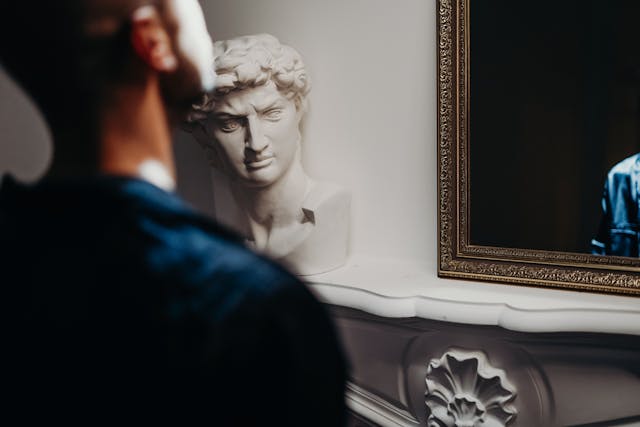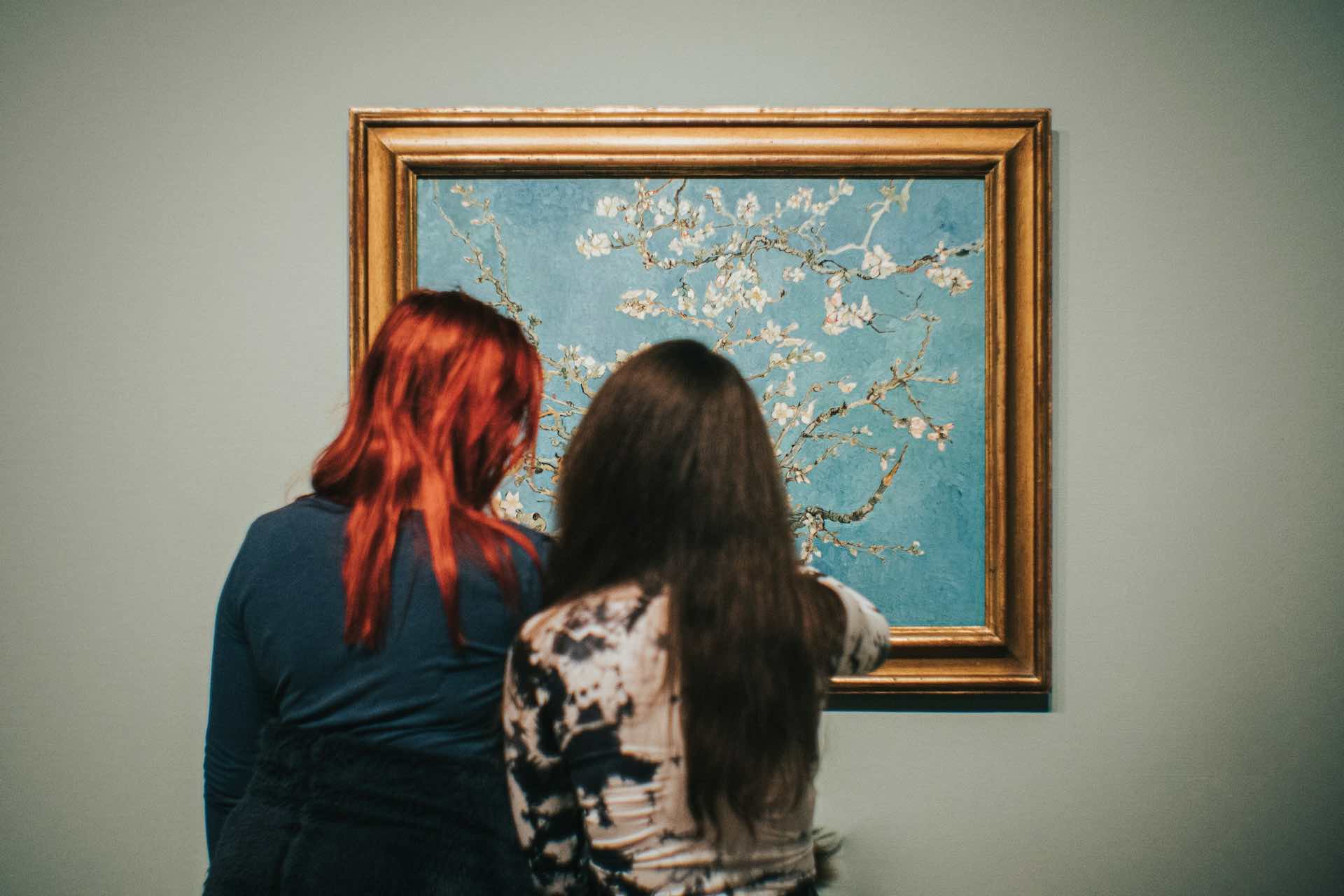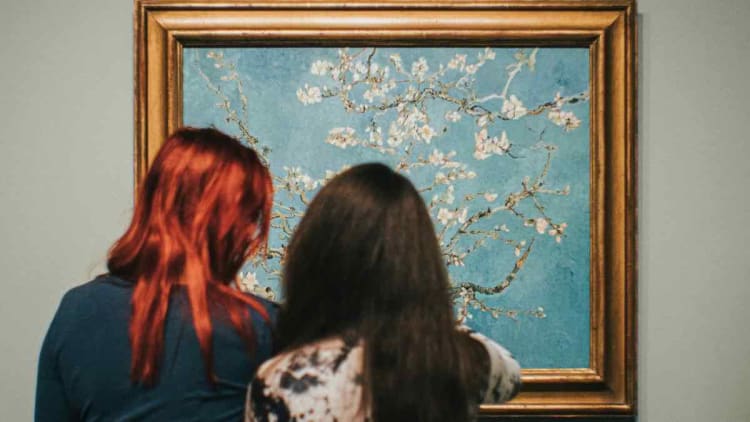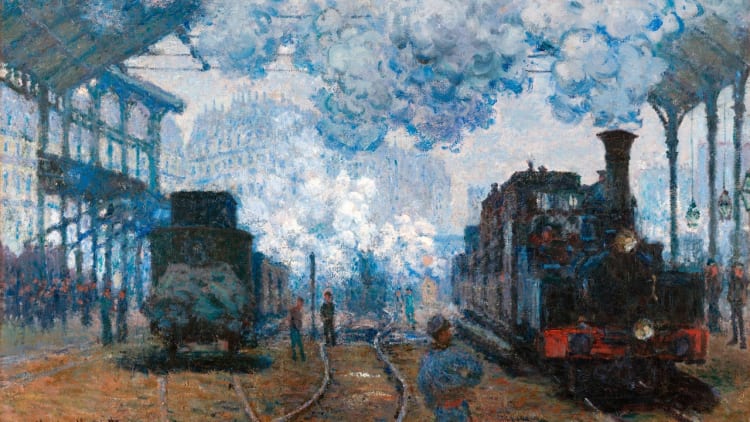When buying a work of art, it's easy to focus only on its aesthetic aspect or the artist's reputation. However, there is another equally crucial element that deserves special attention: the work's provenance.
In other words, the work's complete history, from its previous owners to the galleries and exhibitions it has passed through.
In this article, we explain why provenance is a key factor in the purchase of art, how it influences the value of a piece and how it can protect your investment in the long term.

Definition of art provenance
Provenance refers to the documented trace of a work from its creation to its current owner. This often includes sales invoices, certificates of authenticity and references to exhibitions or academic publications.
For a buyer or collector, a well-established provenance is more than just a formality. It's a guarantee of the work's authenticity, legality and future value.
1 - Provenance guarantees the authenticity of a work of art
One of the greatest fears of art buyers is to come across a fake. This is all the more crucial in a global market where thousands of works circulate every day.
A clear and detailed provenance is an essential tool in eliminating this risk. If a work has passed through the hands of renowned galleries or major collectors, or if it has been sold at prestigious auctions, this reinforces its authenticity.
Certificates issued by experts or recognized institutions also confirm the work's credibility.
Also read: Everything you need to know about certificates of authenticity
2 - Provenance increases the value of an artwork
Did you know that a piece of art with a good provenance can be significantly more expensive than a similar one without a clear history?

Experienced collectors and art investors know that impeccable provenance can boost the value of a work, especially if it has been exhibited in renowned museums or major exhibitions.
What's more, works that belonged to influential figures or were part of prestigious collections attract particular attention and generally sell for a higher price.
3 - Provenance ensures legal and ethical traceability
In the art market, some artworks are tainted by legal disputes, especially those that have been spoliated or stolen, particularly during dark periods in history such as the Second World War.
As a conscientious buyer, it is crucial to check that the work you are considering has not been acquired illegally.
A complete provenance avoids the risk of becoming embroiled in legal disputes or having to return the work to its true owners.
4 - Buyer confidence and market liquidity
Buying a work of art with a solid provenance inspires confidence, not only in the buyer but also in future purchasers should you decide to resell the work.
Collectors often look for works with a clear, well-documented history, as this makes the transaction more secure.

It also makes the work a more resalable asset, increasing its liquidity on the art market. A work with a solid provenance becomes a preferred choice for investors, safe knowing that they will be able to resell it without difficulty.
5 - Provenance is also important in contemporary art
Many people think that provenance is only useful for old or historic pieces of art. However, contemporary art is no exception to this rule. Even for living artists, good provenance is essential.
When you buy a work directly from an artist or via a contemporary art gallery, it's essential to ask for a certificate of authenticity and proof of the transaction.
This not only secures your purchase, but also guarantees that the work you own can be recognized and valued in the future.
Also read: 5 questions to ask yourself before buying an artwork
How can I verify the provenance of a work of art?
If you're thinking of buying a work of art, take the time to check the documents that trace its history. Here are some key elements to look for :
- Invoices from previous sales
- Certificates of authenticity issued by recognized experts or galleries
- Exhibition history
- References in art books or specialized publications
- Records and references in recognized databases
Consulting experts or specialists can also help you validate provenance more easily and avoid certain potential traps. Our team will be happy to help you.
Conclusion
The provenance of an artwork is much more than just a list of its successive owners. It is a determining factor that guarantees its authenticity, secures its value and protects your legal interests.
Whether you are a connoisseur or a complete novice to the art world, understanding and verifying the provenance of a work of art is a prerequisite for any intelligent and serene purchase.




